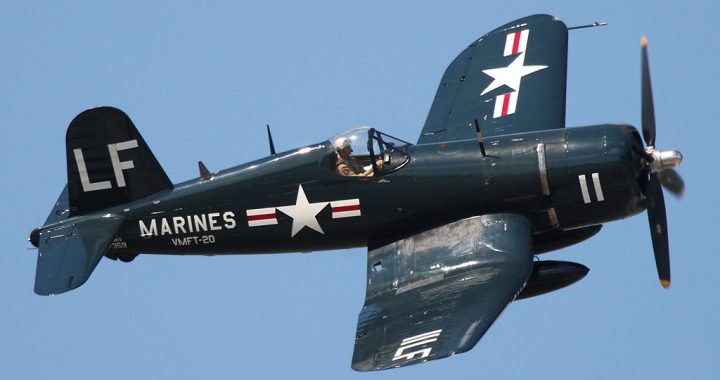Vought F4U Corsair: The US Navy’s Equal of Japanese Mitsubishi A6M Zero
The aircraft for today is one of the renowned fighter aircraft from the early years of World War II that served the United States Navy. The name of this aircraft is Vought F4U Corsair which was the fighting equal to that of the Japanese Mitsubishi A6M Zero fighter aircraft. The aircraft saw considerable service with … Continue reading Vought F4U Corsair: The US Navy’s Equal of Japanese Mitsubishi A6M Zero
